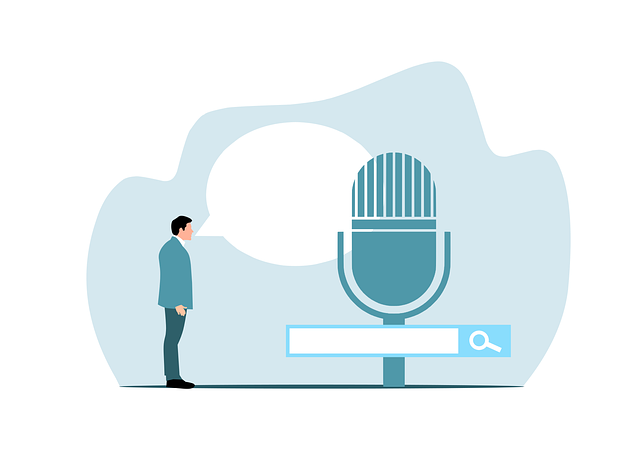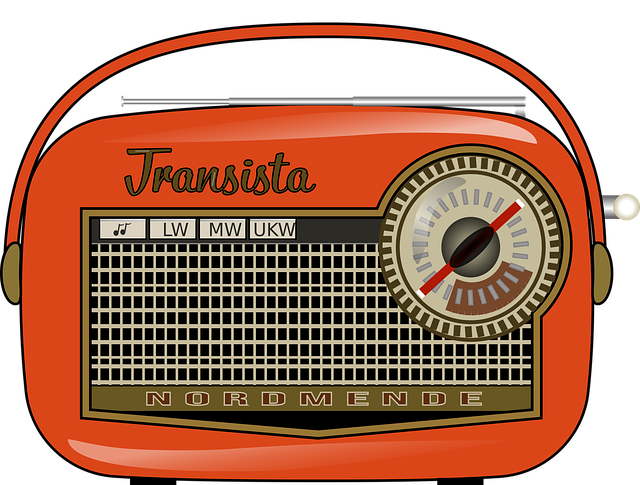What is the Internet of Things (IoT)? The Internet of Things, often referred to as the Internet of Everything, is a network comprising various entities capable of communicating and exchanging data. These entities, termed “things,” encompass a wide array of physical devices such as security systems, medical instruments, industrial machinery, vehicles, and home appliances. Equipped with Bluetooth beacons, air quality sensors, galvanic skin response systems, and other embedded technologies, these devices aim to automate human life.
How Does IoT Work? The lifecycle of IoT begins with the collection of data from diverse physical devices. Subsequently, this data is transmitted via networks to designated destinations. Following transmission, the information is filtered or analyzed, leading to the execution of the necessary actions to achieve predefined objectives. These actions may range from issuing notifications for alerts to communicating with other systems or conducting targeted marketing activities.
Why Implement IoT in Media Domain? IoT serves as the fourth pillar in the media domain, offering substantial benefits for data-driven marketing initiatives. By facilitating the collection of precise and informative data, IoT enhances niche targeting and improves click-through rates (CTR). Moreover, real-time data collection and analysis enable media entities to become more responsive and address discrepancies in programmatic advertising. With IoT intervention, advertisers and publishers can confidently guarantee impressions and clicks, thereby enhancing the effectiveness of automated guaranteed auctions. Additionally, IoT optimization enables search engines to better understand user intent, leading to more relevant search results.
Example: Alexa, a prominent IoT device, exemplifies the integration of IoT in social media marketing. By connecting various devices and platforms, Alexa resolves user queries and manages day-to-day tasks efficiently.
Future Implications of IoT: The impact of IoT is projected to reach $11.1 trillion annually by 2025, revolutionizing marketing practices and consumer experiences. As IoT adoption grows, marketing activities will become more time and cost-efficient, with personalized ads becoming prevalent across smart TVs and electronic devices. Moreover, IoT facilitates trend recognition and enables proactive targeting based on consumer preferences and behaviors.
Where Can IoT Be Utilized? Advertisers and publishers can leverage IoT data for niche targeting and personalized campaigns, as demonstrated by Amazon’s Dash buttons. Additionally, understanding user activities enables timely targeting, such as scheduling ads based on daily routines. Moreover, IoT enables predictive targeting, allowing businesses to anticipate consumer behavior and tailor campaigns accordingly.
Key Takeaway: IoT holds immense potential for transforming the digital market landscape, offering high-quality data, trend prediction capabilities, niche targeting, and enhanced ad relevancy. However, it also raises concerns regarding consumer privacy and security, necessitating robust measures to address these challenges.



